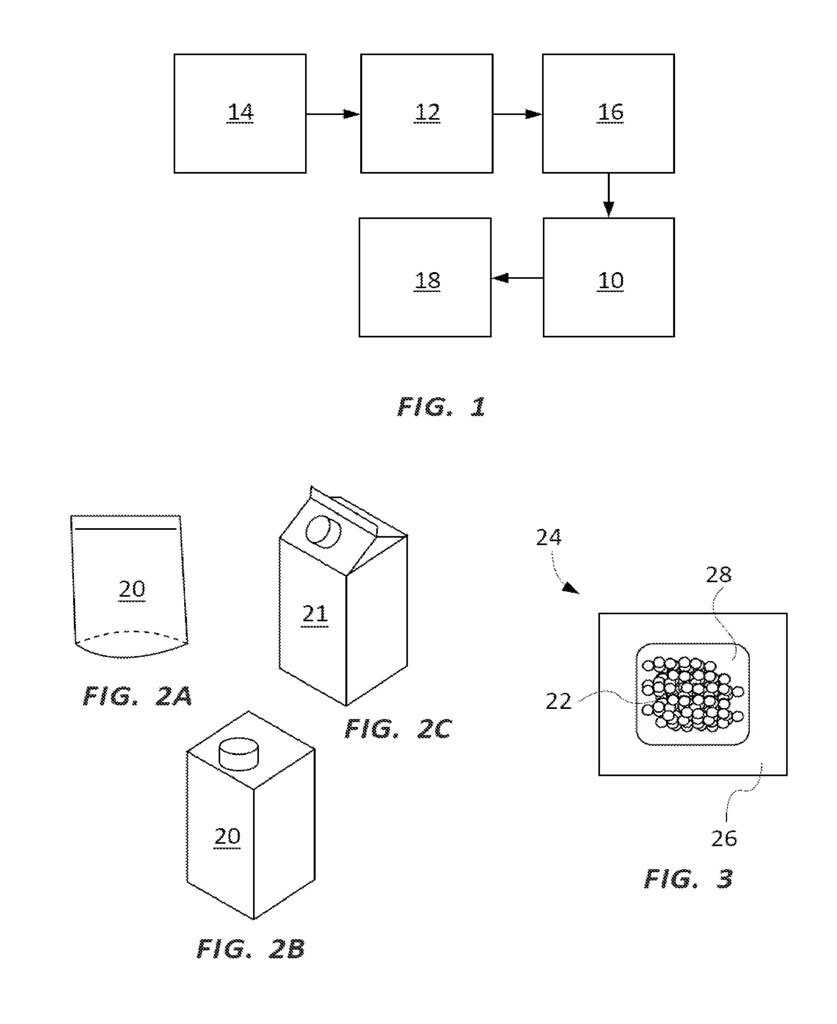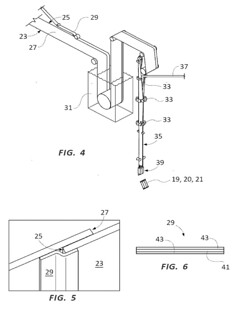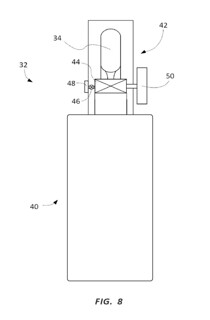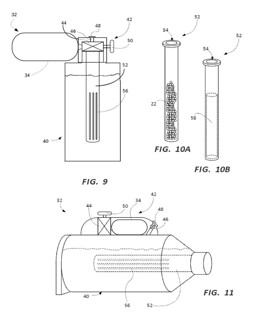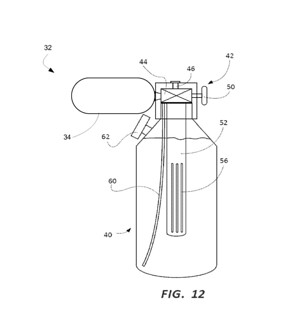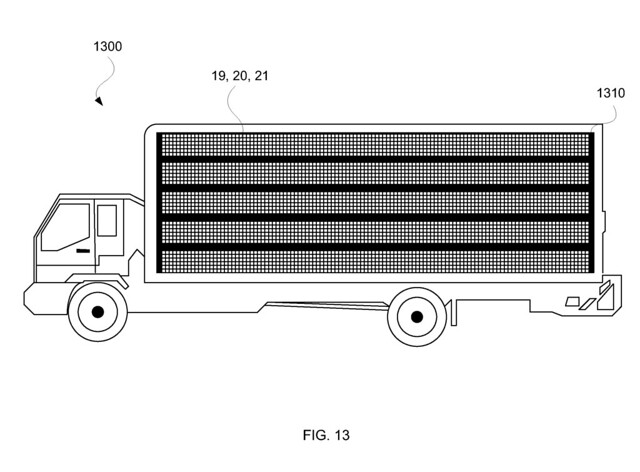
Today in 2014, just one year ago, US Patent 20140079868 A1 was issued, an invention of Jerome Pellaud, Aaron Penn, Wilfried Lossignol, and Neeraj Sharma, assigned to Anheuser-Busch, LLC, for their “Packaging For Decarbonated Beer Base Liquid.” There’s no Abstract, but there’s a lengthy summary after the introduction which appears to serve the same function:
A package for a decarbonated beer base liquid may comprise a non-rigid wall defining an internal orifice, a seal extending along a seam of the non-rigid wall and providing an oxygen barrier, and a decarbonated beer base liquid hermetically sealed in said internal orifice. An individually packaged base liquid for making personalized malt-based beverages may comprise at least about 0.1% wt ethyl alcohol, at least about 3% wt malt extract solids, and a carbon dioxide level between about zero grams per liter and about 1.5 grams per liter.
This is without a doubt one of the odder patents I’ve come across in my year-long quest to document beer-relayed U.S. Patents. This is apparently more aimed at markets outside the U.S., but that doesn’t mean we might not see it used here, as well. Take a look at some of the language used in the “Background.”
In recent years, malt-based beverages, and especially beers, are a fast growing market in many countries such as China and India. In many of these countries, the taste and beer-type preferences are culturally different from markets such as North and South America and Europe. Most breweries operating world-wide, however, provide a limited number of beer types, and hence, beer tastes. Due to globalization, the availability of specialized beer types that meet specific consumer demands becomes a challenge, both in terms of logistics and in terms of the amount of different beer types and tastes to be developed and produced.
Beer taste is dependent on the ingredients used (e.g., malt-type, adjunct levels, hops type and levels, other ingredients such as fruit flavors, water composition, etc.) and operational settings (e.g., boiling time, yeast type used for fermentation, fermentation temperature profile, filtration, etc.).
Brewing finished beer, wherein all the ingredients are introduced into the beer prior to bottling, has a major drawback in that the formulation and thus the taste, smell, color and other organoleptic properties of the beer are fixed.
One of their initial premises, that “Most breweries operating world-wide, however, provide a limited number of beer types, and hence, beer tastes” is pretty funny. There are at least 400 different types of beers but they’ve chosen to concentrate on one and turn it into a commodity, only to use that now as a negative to promote this idea. Strange. Brewing and bottling beer they characterize as a “drawback” because the way that beer tastes is then “fixed.” Hilarious.
So from what I see here it seems like they’re setting the groundwork for a new business model where you create a base beer with little to no character and then infuse or add whatever flavors you want to create the finished product, not at a brewery, but at the point of consumption. Have you see the new magic soda machines at fast food restaurants where you press a few buttons and can be served 100 or more different flavors of soda? That’s where I think they may be going with this, but with beer. That certainly seems like a scary proposition.
